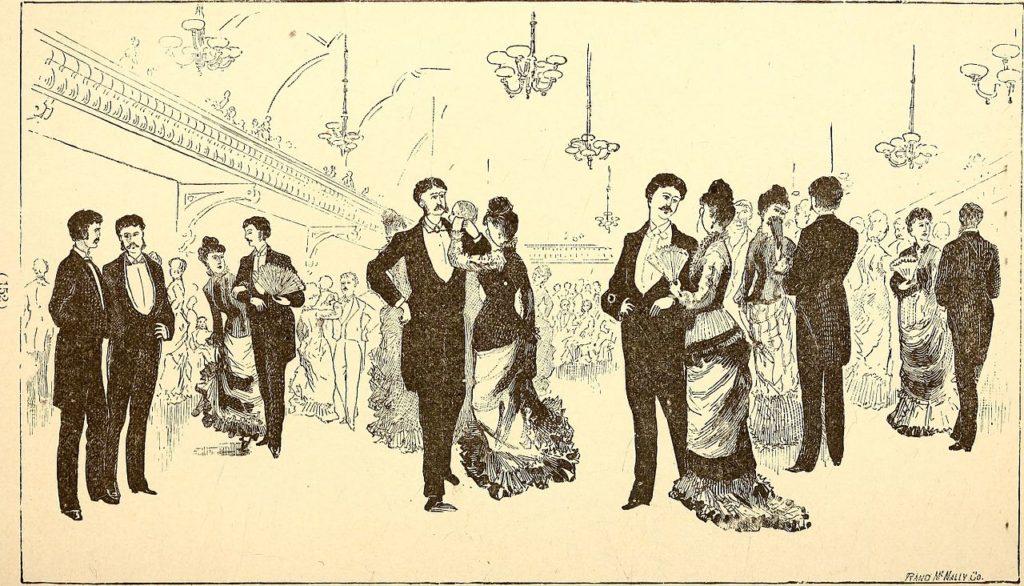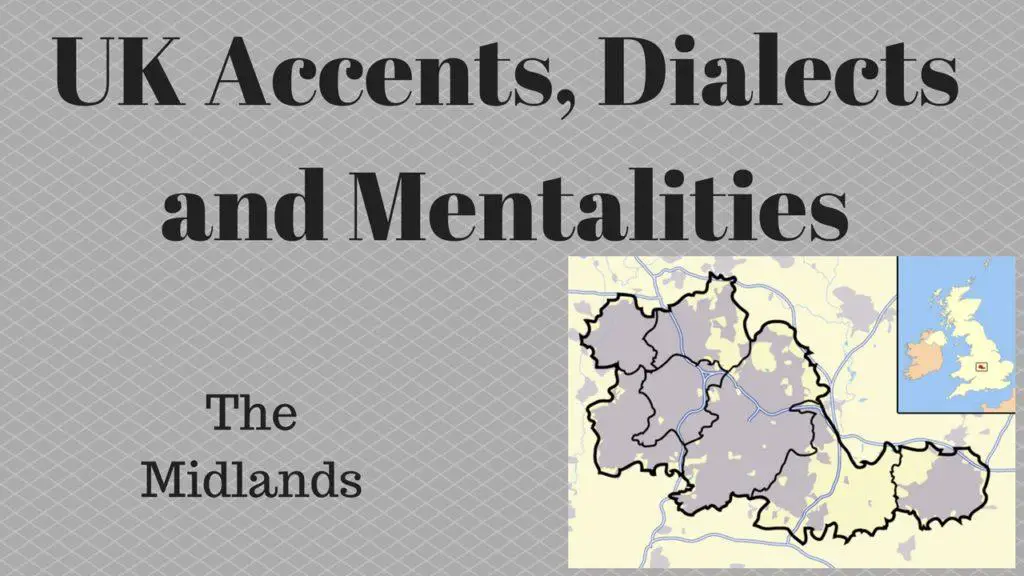Clarify Misunderstandings at Work – Introduction
Misunderstandings happen in every workplace.
Whether it’s a confusing email, unclear instructions or a conversation where something was misheard, it’s important to clarify things without damaging relationships. The way you respond can either build trust or lead to tension.

This article gives you practical ways to clarify misunderstandings in English – politely, professionally and with confidence. It builds on Polite and Diplomatic English: Handle Difficult Conversations at Work and connects with our community for professionals improving workplace communication in English.
Why It’s Important to Clarify Early
Letting a misunderstanding grow can lead to mistakes, wasted time or even damaged relationships. On the other hand, clarifying things early shows that you are proactive, responsible and committed to good communication.
Example
❌ “I thought you meant Friday, so I didn’t come yesterday.”
✅ “Just to confirm – did you want this done by Thursday or Friday? I may have misunderstood the deadline.”
Phrases for Clarifying Without Blaming
When you clarify something, it’s important to sound neutral – not accusatory. Focus on understanding, not pointing fingers.
Here are some polite ways to do that:
- “Sorry, I just want to make sure I understood correctly…”
- “Can I double-check what you meant by…”
- “Just to clarify, when you said X, did you mean …?”
- “I might have misunderstood – can we go over that part again?”
- “Could you help me understand what the priority is here?”
Handling Confusing Emails or Messages
Written messages can easily cause confusion because there’s no tone or facial expression.
The author has a certain ‘melody’ when writing it and the reader could well read it with a completely different melody – i.e. emphasising different words. Check out this article for how small intonation changes can drastically change meaning.
When replying:
✅ Good Example:
“Thanks for the update. Just to clarify – should I wait for your approval before contacting the client, or go ahead now?”
❌ Avoid sounding confrontational:
“You didn’t make that clear in your email.”
What If You Made the Mistake?
It’s best to take responsibility and clear things up quickly. This shows maturity and builds trust.
Phrases to use:
- “I realise now I misunderstood what you meant about the deadline – sorry about that.”
- “Thanks for your patience – I should have asked sooner to double-check.”
This kind of language keeps the tone professional and avoids embarrassment.
What If Someone Else Made the Mistake?
If the other person misunderstood you, it’s important to clarify without sounding critical. Use “softening” language.
Better approach:
✅ “I might not have explained that clearly – what I meant was…”
✅ “Sorry if I wasn’t clear earlier. Just to clarify…”
Avoid blunt phrases like:
❌ “No, that’s wrong.”
❌ “You misunderstood me.”
Differences Between UK and US Workplace Tone
In both cultures, politeness matters – but the UK tends to use more indirect or softening language.
- UK English:
“Would it be possible to double-check that part again?”
“I may have misunderstood slightly…” - US English:
“Let me clarify something real quick.”
“Just want to make sure we’re on the same page.”
Both styles are effective – just be aware of the tone that fits your environment and company culture.
Use Non-Verbal Communication Too
In face-to-face or video calls, how you say something matters just as much as the words:
- Smile slightly – this shows calm and openness.
- Keep your tone even and neutral.
- Pause before responding to avoid sounding reactive.
Example:
Someone says: “I thought you were handling that part of the report.”
You reply (calmly):
“I might have misunderstood. I thought you had it, but let’s double-check our task list to be sure.”

Clarifying in Meetings Without Embarrassing Anyone
Sometimes, someone says something confusing in a group setting. You can be sure that if it’s not clear to you, there will be others who also have questions.
You can clarify without putting them on the spot:
- “Just to clarify for everyone – are we saying that X is the priority?”
- “Sorry, I missed that – can we go over the next step again?”
These phrases make it about the group’s understanding, not the speaker’s mistake.
Summary: Clarify with Care and Confidence
Misunderstandings are normal – how you respond matters. Use polite, professional English to clear things up without blame. Keep your tone respectful, take responsibility when needed and use softening language when the mistake may be on the other side.
This builds stronger communication, avoids conflict and helps you grow as a reliable team member.
Looking to improve your workplace English even further? Join our community for professionals and revisit Polite and Diplomatic English: Handle Difficult Conversations at Work for more practical tips.


